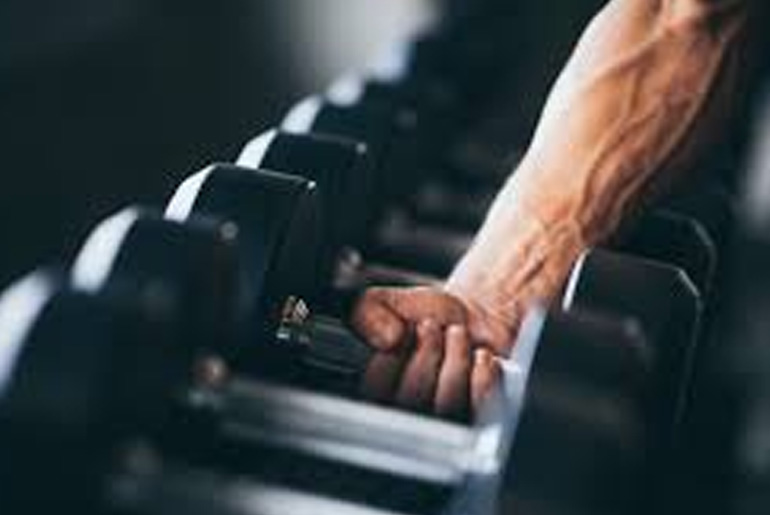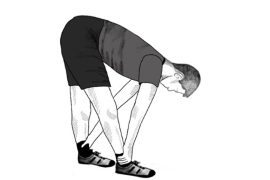The pursuit of “superhuman” strength and power has captivated cultures throughout history, reflecting the essential role of physical fitness in various aspects of life—from hunting and construction to warfare and sports. Strongman competitions have emerged as a contemporary showcase for this peak human strength, providing a platform for athletes of different ages, genders, and sizes to demonstrate their physical prowess.
What is Strongman?
Strongman is a sport that has gained popularity over recent decades, characterized by a combination of traditional barbell exercises—such as squats, deadlifts, and presses—and specific events that test a competitor’s strength in unconventional ways. These events include vehicle pulls, farmer’s walks, sandbag or keg tosses, and stone lifts, requiring athletes to manipulate heavy and often awkward implements with speed, strength, and endurance.
Researching the Elite:
While strongman competitions have flourished, scientific research on elite strongman athletes has been scarce. A recent study focused, a celebrated strongman known for his remarkable feats, including a 500kg world record deadlift and a win at the 2017 World’s Strongest Man competition. This case study aimed to explore Hall’s muscle and tendon characteristics, shedding light on what contributes to his extraordinary strength.
Insights from Hall’s Case Study
Due to the rarity of elite strongman athletes, conducting a detailed case study on Hall provided a unique opportunity to understand the specific attributes that define such exceptional individuals. While case studies can limit generalizability, comparing Hall’s findings with various groups from earlier research—including untrained individuals, seasoned resistance trainers, and competitive sprinters—offered valuable insights into his muscle and tendon morphology.
Key Findings
The study revealed that Hall’s lower body muscle size was nearly double that of an untrained group of healthy young men. His muscle mass exhibited a distinctive distribution pattern, with three long, thin muscles, known as “guy ropes,” being particularly prominent—2.5 to three times larger than those in untrained individuals. These muscles, which stabilize the thigh and hips by attaching to the pelvis, enhance stability during heavy lifting and other movements.
Hall’s quadriceps muscle structure was over twice as large as that of untrained individuals; however, the tendon at the knee, linked to this muscle group, was only 30% larger than that of untrained participants. This suggests a disparity in growth rates between muscle and tendon, indicating that muscle and tendon adaptations do not occur at the same pace.
Implications of the Findings
The implications of Hall’s findings suggest that larger muscles correlate with increased strength and power potential. However, activities like strongman and everyday movements (e.g., climbing stairs or lifting groceries) require coordination between major muscle groups and stabilizing muscles. Although Hall’s quadriceps were significantly larger than those of untrained individuals, the most substantial relative differences were observed in his calves and guy rope muscles, which are crucial for stabilization.
This raises questions about the potential benefits of targeted training for these smaller stabilizing muscles to enhance overall strength and power, potentially benefiting both strongman athletes and the general population. Furthermore, the relatively small increase in tendon size compared to muscle growth indicates that Hall and similar athletes may face an elevated risk of tendon injuries, as the tendons may not adequately support the considerable muscle forces generated during performance.
Conclusion
Study highlights the unique muscle and tendon characteristics of elite strongman athletes, offering insights into the physiological adaptations that contribute to their extraordinary strength. Understanding these attributes can inform training practices and injury prevention strategies, ultimately benefiting both elite athletes and everyday individuals seeking to improve their strength and power capabilities.
Disclaimer:
The information contained in this article is for educational and informational purposes only and is not intended as a health advice. We would ask you to consult a qualified professional or medical expert to gain additional knowledge before you choose to consume any product or perform any exercise.








